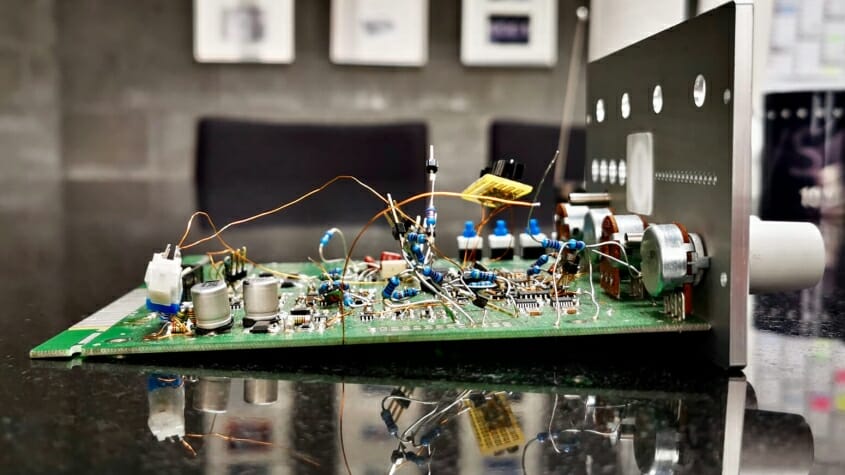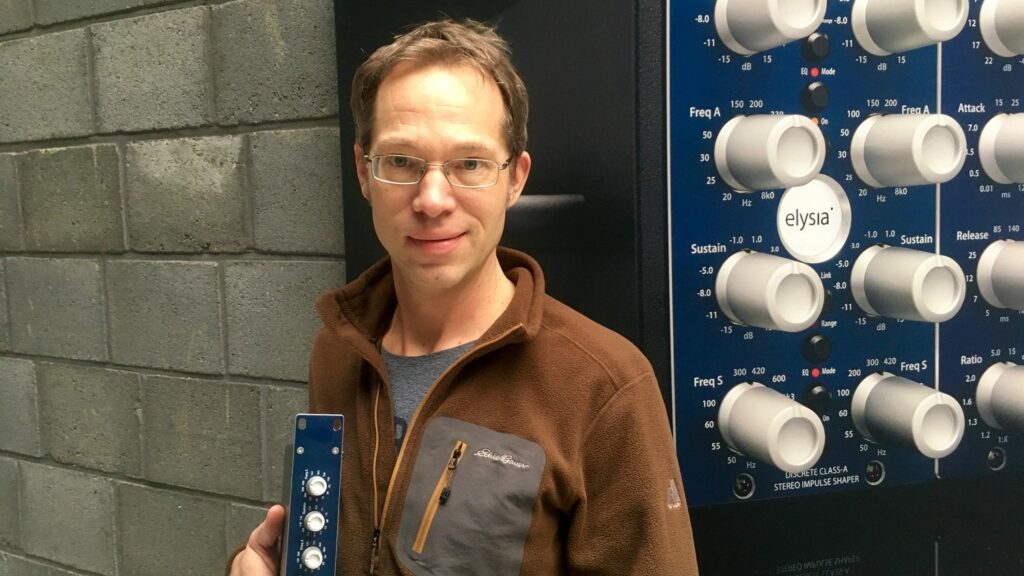Transient Designer Part 2

The second and last part of the Transient Designer Story from Ruben Tilgner, the inventor of the Transient Designer | Transient Shaper Technology and CEO of elysia GmbH.
Transient Designer

The invention of the Transient Designer / Transient Shaper Technology from Ruben Tilgner, CEO and Founder of elysia GmbH. The first part of his Story about inventing one of most popular technologies in audio processing of the 90s.
